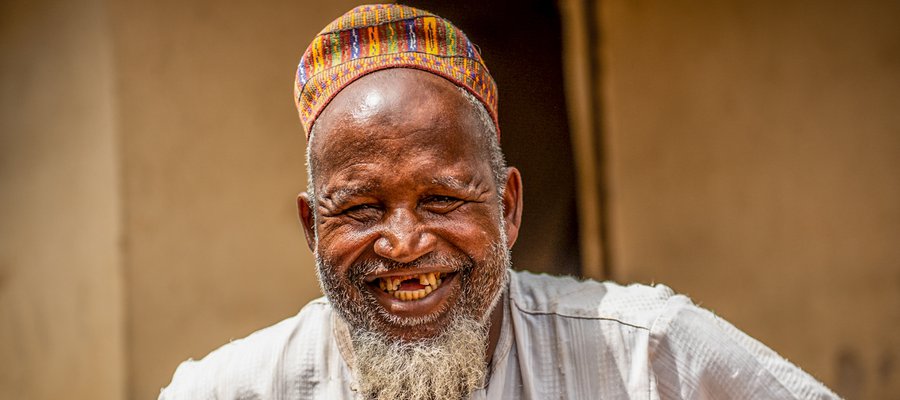3 reasons to believe we will end leprosy in the next 13 years

After thousands of years, we are now on the edge of defeating leprosy. Here are three reasons we believe we can end the transmission of leprosy by 2035.
We have the necessary medication
Multi Drug Therapy (MDT) is a combination of three antibiotics that have been used to cure leprosy since the early 1980s. For almost 40 years, MDT has been supplied by free of cost to leprosy patients thanks to WHO and the manufacturer, Novartis.
Only 1 in 10 persons affected by leprosy is ever infectious, but after 72 hours of MDT treatment, even this 1 in 10 is no longer infectious. Because of this, new cases of leprosy across the world plummeted to around 200,000 a year following the roll out of MDT.
We know that MDT is the most important tool in our toolkit; it enables us to stop the spread of leprosy in its tracks. Our task is to find all the cases of leprosy that remain hidden and provide them with this treatment.
Innovation is driving us forward
Another major reason for hope is the huge amount of innovation throughout the leprosy sector. Across the world, we have scientists and researchers who are developing new tools to help us stop the spread of leprosy.
Our task is to find all the cases of leprosy that remain hidden and, thanks to research taking place in Bangladesh, we are on the right course to achieve that. A person can have and transmit leprosy for many years before they first see symptoms and we don’t currently have an effective and efficient way to test people who don’t have symptoms. However, our team in Bangladesh have been working on a five-minute finger prick test that could diagnose leprosy in the moment and allow us to provide treatment before the disease can spread any further.
We are also working on a post-exposure prophylaxis (PEP). This means that, if we discover that someone has leprosy, we will give a small amount of medication to those who live with or very near them. Our research has shown that this significantly reduces the risk of people developing leprosy, even if they have been exposed to it for long enough for the disease to have been transmitted.
These are just two examples of the many projects across the world that are helping us to diagnose, treat, and prevent leprosy. Innovation is a real reason for hope.
Investment is crucial
The last year has shown us how quickly and effectively scientists can prevent and cure diseases. If leprosy work was to receive even the tiniest fraction of investment that Covid-19 has rightfully received, that would go a long way to helping us eliminate leprosy forever.
We are grateful that, whilst household and national budgets have been tightened through the pandemic, many people have still considered it absolutely vital to give money to the work to defeat leprosy. This investment means that we are still on track to defeat leprosy by 2035. It means we can invest in more research and we can continue to have an active presence in countries across the world.
However, as well as investment directly into leprosy, we recognise the importance of investing in a more equal and just world. The pandemic has threatened recent efforts to reduce extreme poverty across the world. We cannot let this happen. Leprosy thrives in extreme poverty, when people live in close quarters in small homes with no clean water and sanitation. To truly rid the world of leprosy, we cannot let extreme poverty go on.
So, there is real hope for a world where no one is diagnosed with leprosy ever again. We have the tools and we are developing even more. We also know that the money and resources are available, we just need to ensure it gets to the right places.
We can be the generation that rids the world of leprosy.